The challenge with long-distance hiking is that you have to carry everything you think you’ll need for your trip on your back. Typically, the heavier the pack, the harder the hiking. You soon discover that—with the exception of a few truly essential pieces of kit—unused items are useless items. To save weight, you start purging anything that isn’t absolutely necessary. Clothing is one of the biggest areas where you can decrease your pack weight without increasing your risk. This is done by layering the clothing you take rather than taking different pieces of clothing for every situation.
How layering works
The basics of layering are mostly the same regardless of the season. Obviously, different seasons will require different pieces of clothing, but you still bring items of clothing that can be utilized independently or in conjunction with one another. Here are the three main layers you want to pack.
- Base layer—clothing that touches your skin and wicks away moisture.
- Insulating layer—clothing that covers your base layer and keeps you warm.
- Shell layer—clothing that traps heat against your body and protects you from the elements.
You have a lot of freedom here, but there’s one rule you must obey—do not bring cotton clothing. There’s a saying on the trail; cotton kills. Cotton loses its insulating power when it gets wet and takes a very long time to dry. So whether you’ve gotten caught in the rain, or you’ve sweat straight through your shirt, cotton works against you by cooling your body. Your clothing should be synthetic or wool or a blend of both.
There’s a value paradox for synthetics and wool. Synthetics dry faster than wool, but they hold odors and smell worse every day. Wool, specifically merino, dries much slower than synthetics, but the worst you’re going to smell is like a wet dog. Or a wet sheep, to be more specific. You have to decide what’s best for you. Just no cotton. The only cotton items I carry in my pack are bandanas.
Layering examples
Let’s say I’m hiking 40 miles over a long weekend in the spring or fall. Temperatures can swing wildly between day and night during those seasons. Let’s also say there’s a chance of rain, but not snow. Here’s the clothing I would take with me.
You’ll probably get some sticker shock when you look at the prices here, but I only paid full price for a few of these items. If you’re not in a rush, you can get at least 20% off of everything during holiday and clearance sales. Just sign up for email alerts from the bigger outdoor supply retailers.
Activewear
Because I’m exercising all day, I produce a lot of body heat. As long as I’m moving, I’m warm. That heat causes me to sweat. I embrace the sweatiness. I treat my day clothes as my warm weather clothes and know that they’re only to be worn when I’m active. They’re going to be gross, and there’s nothing I can do aside form rinsing them in a creek and allowing them to dry overnight.
If you shop through any Amazon link on this website, you support me at no cost to yourself. Learn more in my disclosure.
I only take one of each of these except for the socks. I alternate two pairs of hiking socks. I wash the dirty pair at the end of the day and then air them out on the back of my pack the next day. It’s important to have clean socks and to wear dry socks to sleep in to keep your feet from getting macerated. I carry a special pair of wool sleep socks specifically for that reason.
Campwear
It’s when I’m inactive in the mornings and the evenings that I get cold. So I treat my cold weather clothes as my camp clothes. This is good for three reasons.
- I can change out of my sweaty, dirty clothes as soon as I stop hiking.
- I wear clean clothes in my sleeping quilt, keeping it free of dirt and grease.
- I have cold weather clothes on hand in case I need to beef up my base layer.
Like I said before, these clothes can be utilized individually or in conjunction with my active clothes.
Insulating layer
Technically, my camp wear thermals are insulating layers, but I don’t treat them that way in everyday use. My real insulating layer is my down jacket. This also gets stuffed into my fleece-lined clothing bag at night for use as a pillow. Everything in my pack pulls double-duty.
Can you believe this thing weighs a mere 7.13 ounces? It’s expensive, but it’s money well spent.
Shell layer
I have two choices for my shell layers and I carry both with me at all times. That might sound unreasonable, but together they weigh a combined 10.2 ounces. That’s why they cost so much.
I always prefer to wear my wind jacket over my down jacket. I would only wear the rain jacket if it’s raining or if I’m really cold and not being active. There is no such thing as a rain jacket that is both waterproof and breathable. This rain jacket traps heat very well. Usually too well. The wind jacket, however, keeps me from sweating.
The wind jacket isn’t something that I would have bought normally, but I got it for $80 at an REI garage sale. Now it’s one of my favorite pieces of kit.
Conclusion
This system is pretty remarkable. For minimal weight, you can combine layers to mimic the benefits of just about any piece of clothing you have in your closet at home. I’ve said this before and I’ll say it again:
I have a lot of experience with solo hiking/camping, mostly in bear country. That said, the only thing that has ever scared me in the wilderness is the threat of hypothermia. The idea that my brain could betray me and make me start shedding layers (called paradoxical undresssing) as I freeze to death is terrifying.
In the coldest scenario I can imagine, I would wear my activewear, camp wear, down and rain jackets, gloves, and beanie. I would wear my hiking and camp socks on my feet. I would wear my extra pair of wool hiking socks over my gloves to double up there as well. If that’s not warm enough to stave off hypothermia, I would simply make camp, crawl into my sleeping quilt, cover my feet with my wind jacket, and do calisthenics to warm my body. Then I would wait out the storm and hike out.

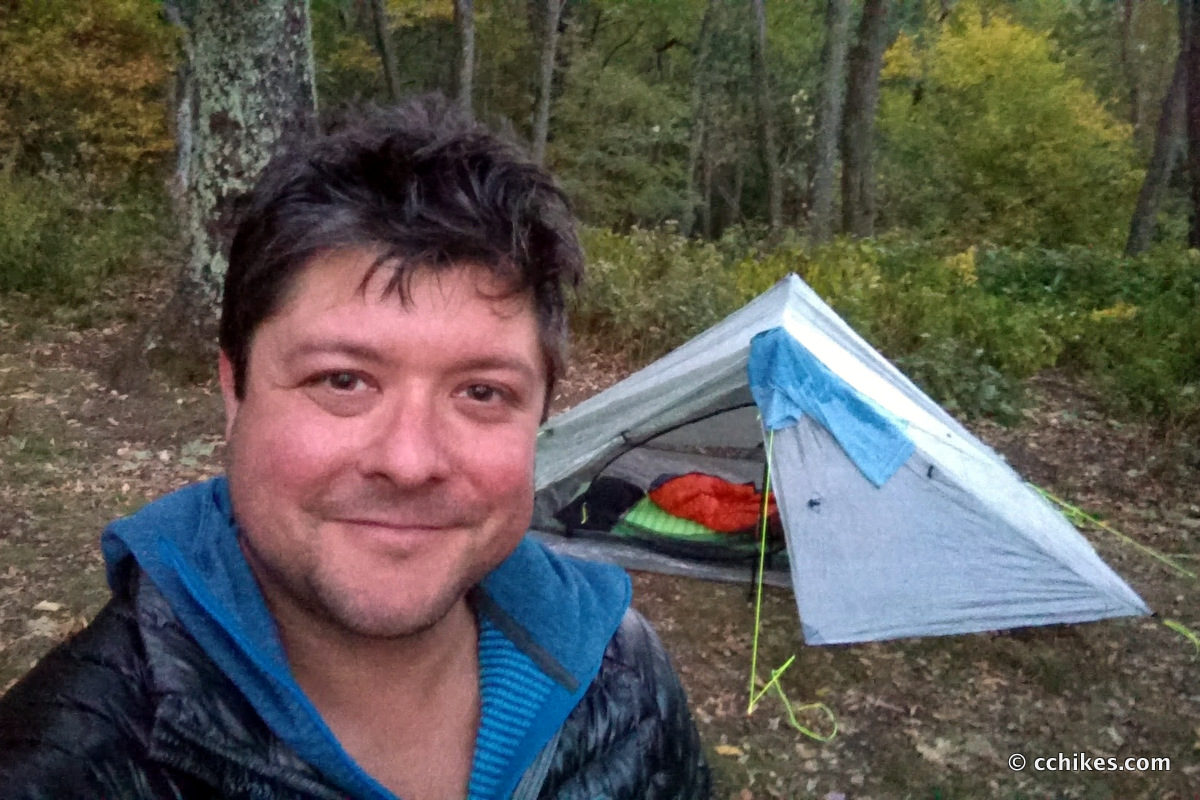










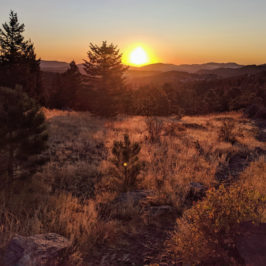
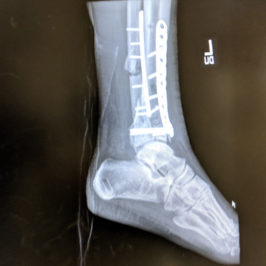

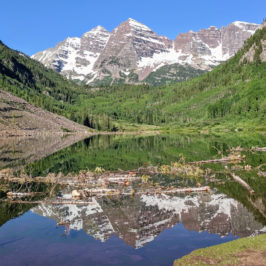
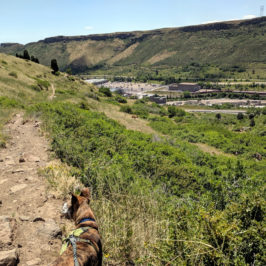

Steve Daly
I have found Gore-Tex very breathable. From hiking and trekking, to long distance (10-20 miles) runs in winter at 0 degrees F, or 35 degrees F and driving rain.